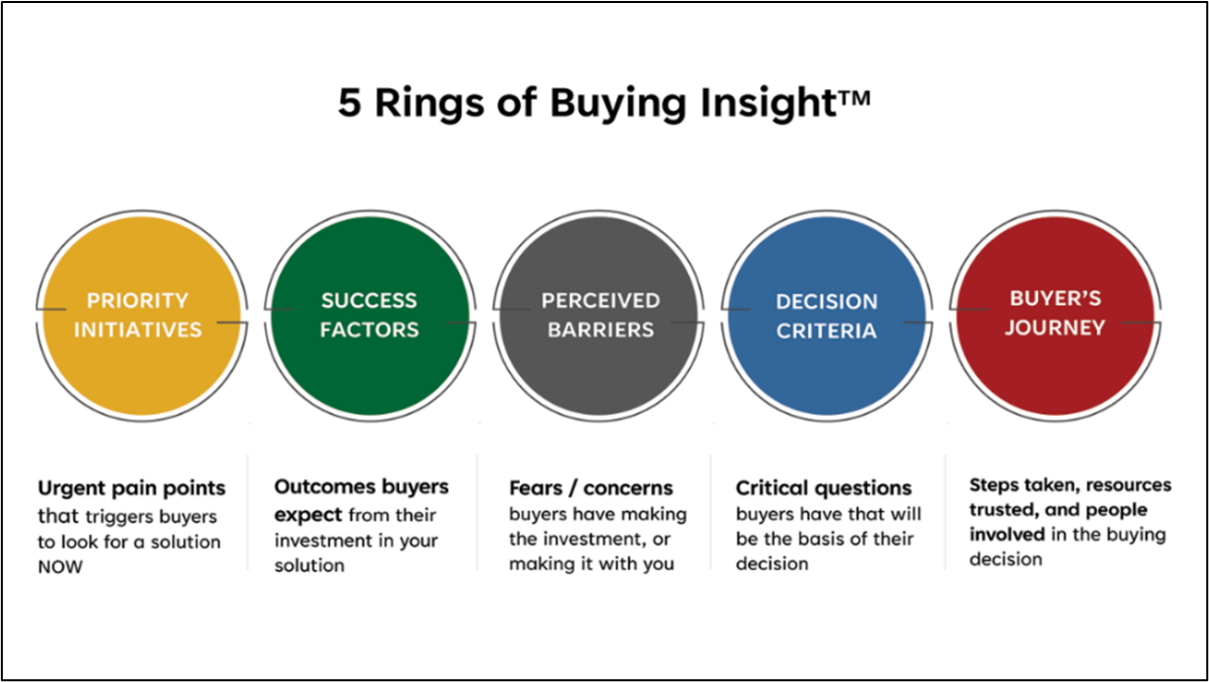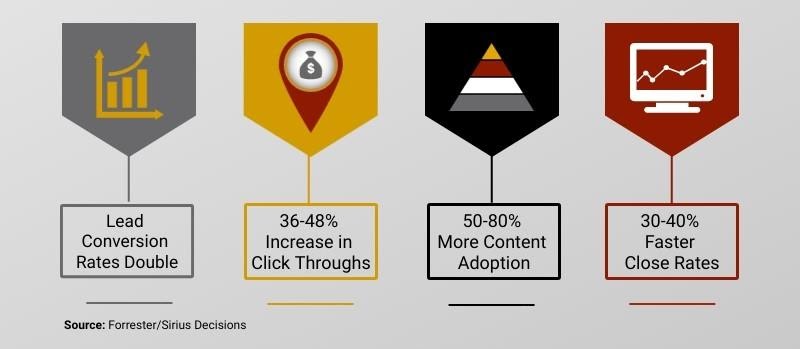The JOLT Effect
In their revealing new book, The JOLT Effect, Mathew Dixon and Ted McKenna partnered with dozens of companies across a variety of industries to collect and analyze over 2.5 million sales calls including both simple, transactional sales and complex, solution sales.*
What they learned is compelling new insight for any marketer trying to help sellers overcome one of the biggest obstacles they face – customer inaction: a buyer’s decision not to purchase anything, even after going through the entire sales process and expressing purchase intent.
Prior to their analysis, customer inaction has historically been attributed to one cause – the customer’s preference for the status quo. Sales training and sales books have long focused on helping sellers overcome this obstacle, instructing them to “relitigate” the sale by re-emphasizing the benefits of their solution and risk to the customer if they don’t do anything. In other words, ratchet up the fear, uncertainty, and doubt (FUD) and what the customer will be missing if they don’t make the purchase.
The Dixon and McKenna study shows that this is a flawed strategy and actually detrimental to closing deals.
They note in particular:
- A prospective buyer’s inability to make a decision is the most frequent reason for their inaction (occurs 56% of the time) rather than preference for the status quo (44%) – this, in itself, is a significant finding as it bucks what has been a sales truism until now
- A staggering 87% of sales conversations show moderate-to-high levels of buyer indecision regardless of the sales outcome – indecision is everywhere
- Win rates drop precipitously as the level of customer indecision grows – win rates are 45-55% when there are low rates of customer indecision, 25-30% at moderate levels, and drop below 5% when indecision is high
- Indecision is driven by the buyer’s fear of messing up (error of commission) more so than missing out (error of omission) – pointing to decades of social science research, Dixon and McKenna correctly point out a fundamental truth about buyer behavior: “But once they [buyers] have agreed that they should move on from the status quo, the thing they now fear – and fear more – is the failure that may result from their actions: what will happen not if they do nothing but rather if they do something. And those costs will be concrete and directly attributable to their decisions.
- FUD tactics that emphasize what buyers are missing out on if they don’t make a purchase just makes them MORE anxious and indecisive – a staggering 84% of the time this approach has a NEGATIVE impact on win rates. In other words, the traditional playbook of relitigating the sale results in less business, not more.
Implications for Marketers
In The JOLT Effect, the authors identify a number of worthwhile tactics that sellers can use to overcome buyer indecision.
Their analysis also points to a clear opportunity for marketers who realize that at a certain point in the sales process, buyers are looking for a provider that won’t let them down. They want a provider that understands their fears implicitly, clearly articulates capabilities that address them, and faithfully guides them into making a buying decision that will help their organization and themselves.
From a marketing perspective, this realization has two important implications:
- First, benefit-focused messaging has a shelf-life in the sales process. Understanding the outcomes that a buyer expects is important early on in the sales proceedings. It lets buyers know that you understand their challenges and can help alleviate them. If aligned to what buyer’s really need, it will help you get into the initial consideration set.
However, continuing to push benefits later in the sales cycle, and what a buyer will lose if they do nothing, will only make them more fearful and hesitant. At that point, it’s counterproductive. - Second, strategies and messaging that directly address a buyer’s fears can have a significant impact in the latter stages of the sale cycle. Once the buyer decides something should be done, you have a perfect opportunity to differentiate yourself by taking a different approach. This is a time to confront what may be hanging a potential buyer up and elevate their confidence that your capabilities won’t let them down. You want to be the company that directly addresses the buyer’s fear of making the wrong decision.
How Buyer Personas Can Help
A buyer persona, developed from interviews with individuals who have recently made the exact buying decision that you’re trying to influence, is uniquely capable of informing your marketing strategy in both the early and later stages of the sales cycle.

Based on the 5 Rings of Buying InsightTM:
- Priority Initiatives and Success Factors reveal the most compelling reason(s) that buyers begin to look for a solutions like yours and the results they want from their investment. Use these insights to connect with buyers early on in the sales process by demonstrating you understand their core needs and expectations.
- Perceived Barriers and Decision Criteria reveals the concerns that buyers have about making the investment, or making it with you, and the decision criteria they use to evaluate solution alternatives. Use these insights to directly address the questions and fears buyers have, particularly in the later stages of the buying decision when buyer trepidation is at its highest.
Explore the 5 Rings of Buying Insight
The importance of developing your buyer persona based on interviews with recent buyers cannot be overstated. As Dixon and McKenna note, buyer fears are particularly insidious because they are typically unspoken. Only by carefully interviewing recent buyers can marketers accurately identify concerns that would otherwise paralyze prospective customers and stop the sale.
“A big part of the challenge for salespeople—and one of the main reasons indecision has gone unrecognized for so long—is that it is difficult for a salesperson to detect in a conversation… Because it’s rooted in personal fears, it’s something customers either don’t feel comfortable admitting to or, more likely, are unaware is even affecting them and preventing them from making progress.”
As the proliferation of competitive options and information continues to increase, buyers will only get more uneasy about their buying decisions. Marketers that develop buying insights to develop strategies and messaging tightly aligned to buyer needs and concerns will be in the best position to earn their trust, and their business.
_____________________
*The Dixon and McKenna study was only possible because for the first time, in the Spring of 2020, sales calls could easily be recorded as the world went virtual when COVID-19 hit. Advances in automatic speech recognition and machine learning also enabled the rigorous coding and analysis needed to effectively analyze this large, unstructured data set.





